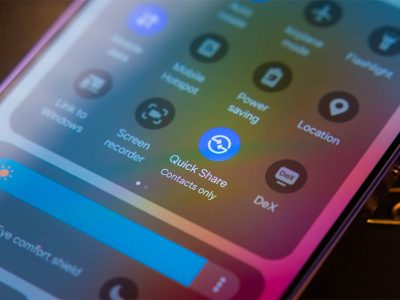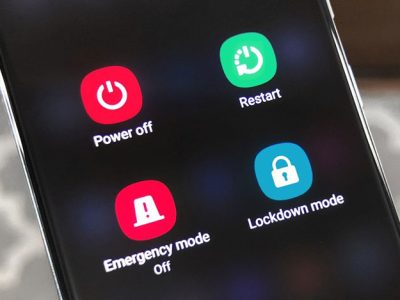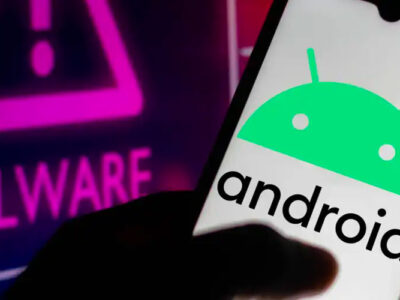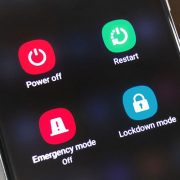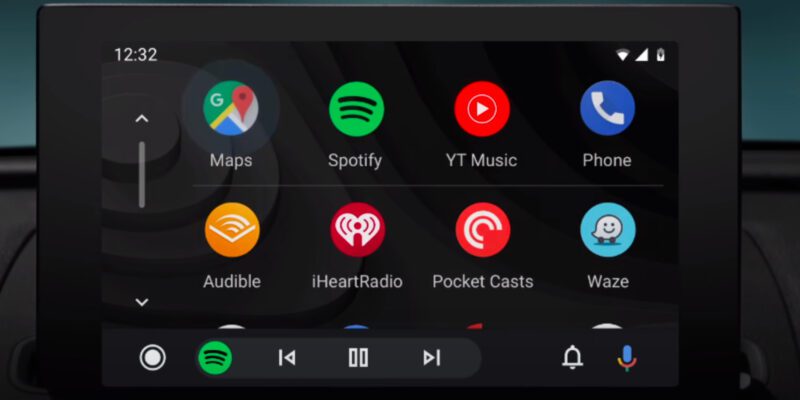
Browsers, games, and video players are included in the Parked apps.
Android Auto and its big brother, the Android Automotive OS (AAOS), are improving their ability to function as true computers. As reported by SmartDroid.de, the home screen layout will now begin marking apps that only work in parked mode. They receive a small “P” badge on top of the icon. Previously, this displayed an error warning only after you opened it.
Android Auto and Android Automotive OS are both Google’s in-car interfaces that primarily use the same apps. Android Auto is powered by your phone, which plugs into the car and takes over the dashboard screen, temporarily replacing the built-in infotainment system. The Android Automotive OS integrates Google’s “infotainment replacement” interface into the car as the sole infotainment system. With Android Automotive OS (AAOS), automobile manufacturers can ship Android as the car OS in the same way that phone makers do. The operating system is skinnable, so it frequently appears different, although that was the original plan.
One of the most aggravating aspects of both versions of Android Auto is that you have this large, powerful car screen in front of you that may be more useful than a phone but never is. Android Auto and its apps all presume you’re driving at 60 mph while using them and rarely consider the possibility that you’re stopped at a red light or in park, or that a passenger is using the touchscreen. This means that most apps’ safety lockouts are always activated, so you can only view nine Google Maps results and never see your whole music library, among other restrictions.
Teslas have access to the whole Steam game library while parked, whereas Android cars struggle to use Google Maps. AAOS, in particular, understands what gear you’re in and whether or not someone is in the passenger seat. We’ve even seen cars display a “security lockouts disabled” notice when a passenger is present, but the logical next step of opening up the app interface to more complex functions never occurs, leaving you scrambling for your phone.
Typically, Auto and AAOS apps are labeled as “Distraction optimized,” which suggests they are intended for use while driving. You are not required to do this, however, and both interfaces allow the concept of “Parked” apps. However, very no one utilizes the feature (our last count of AAOS apps was “37,” so basically no one uses anything, actually), and the major example of an installable software is Google’s GameSnacks, which consists of a few simple games for your automobile.
Google is aiming to make AAOS more usable while parked. The company now offers a parked-only Chrome build. Many Android Automotive OS vehicles, such as the Polestar 2, have gorgeous iPad-like screens attached to the center console, and utilizing Chrome to find out where you want to travel or make a food order for pickup is an excellent use case. Auto is also getting video apps like PBS KIDS and Crunchyroll, but there is still no YouTube app. Starting to identify apps as “parked only” is the smallest step toward making Google’s car computer a bit more helpful. Hopefully, there will be a greater emphasis on restoring some of the traditional “Android” power to Android Automotive.


